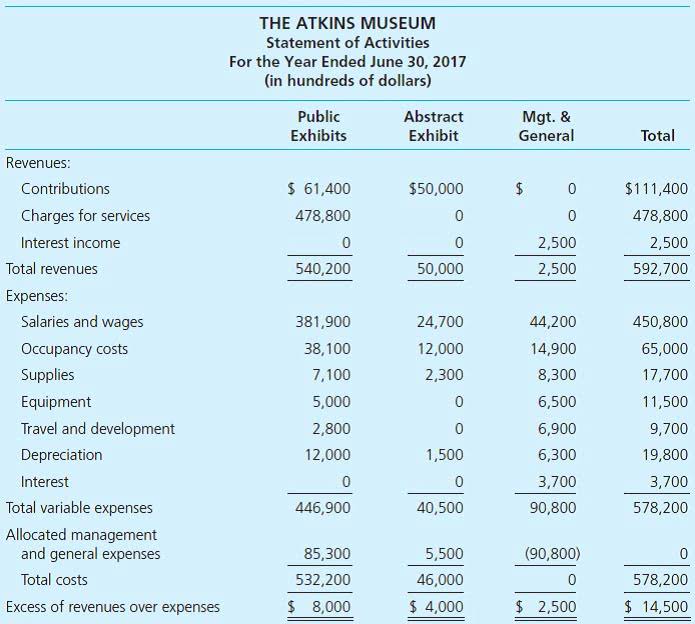Content

Invoice finance as it is commonly known is just an advance on your company’s outstanding bills. It works by an invoice financing provider providing your company with up to 100% of its existing outstanding receivables in advance. A working capital loan is typically a short-term loan with a fast-paced repayment schedule, such as weekly payments.
The lender also limits its risk by not advancing 100% of the invoice amount to the borrowing business. Invoice financing does not eliminate all risk, though, since the customer might never pay the invoice. This would result in a difficult and expensive collections process involving both the bank and the business doing invoice financing with the bank. Invoice financing is usually offered by online lenders and fintech companies. Compared to other types of business loans, banks are less likely to provide invoice financing. Check with the provincial government in the province where you live to see if they have any small business loan programs.
Types of invoice financing
The sum received may vary from 75% to 95% of the invoice value. You retain control of your sales ledger and are still responsible for chasing your customers for payment. Invoice financing is often used as an umbrella term to discuss several forms of asset-based financing utilizing a company’s invoices or accounts receivable. Invoice financing can refer to an invoice-based cash advance, receivables-based business line of credit, and invoice factoring. Invoice financing is an alternative type of business loan that helps invoice-based businesses get short-term funding. It focuses on your client’s ability to pay the invoices, so lenders are more willing to work with small business owners who don’t have good credit.
Also, since it’s near-term financing, you only incur debt for a short period. Most invoice financing companies advance a percentage of the invoice value. Then when you collect the payment from your customers, you repay the advance amount plus the lender’s fees and retain whatever is left. With accounts receivable financing, you receive a cash advance using your invoices as collateral. The amount you receive is based on the total value of your invoices. The next type of invoice financing you can receive is what’s known as a line of credit.
Money laundering regulations for estate agents
When a business receives funding based on invoices, it becomes dependent on customers to pay on time to reduce costs. You don’t have any control over when your customers pay (or if they pay), which puts businesses in a difficult position. The primary benefit of accounts receivable financing is how quickly you receive the funds. The purpose of invoice financing is to turn static invoices into working capital to solve an immediate need, such as covering payroll, purchasing inventory, or other cash flow problems. Revenue-based financing is a financing structure where the amount you receive and your repayment terms are based on your company’s revenue. Revenue-based loans are great for seasonal companies or businesses with inconsistent revenue cycles since your repayment terms are a fixed percentage of revenue coming into the business.
Seasonal businesses, in particular, might benefit from a working capital loan during slow seasons when managing cash flow is a challenge. Working capital loan terms will vary depending on the specific type of financing you apply for and the risk you pose as a borrower. In general, though, working capital loans can range from $2,000 to $5 million. As a rule of thumb, loans that feature easier-to-satisfy qualification criteria tend to come with higher interest rates and fees to offset the lender’s risk. Invoice financing and invoice factoring have different cost structures. Invoice financing companies charge interest on the loan, plus an administration fee.
Easier to Qualify for than a Loan
Specifically, invoice financing, also called accounts receivable financing, refers to an invoice-based cash advance. This form of near-term financing lets a business quickly access https://www.bookstime.com/blog/mental-health-billing the cash flow tied up in unpaid invoices to solve working capital challenges. Instead of maintaining ownership, your business sells your customer invoices to the lending company.
- Under this arrangement, businesses are offered funds in advance against individual invoices.
- It’s basically taking the asset of the money owed to your business and paying a fee to turn it into liquid cash sooner.
- SME invoice financing is one of the non-banking funding sources which are filling the need for capital for smaller businesses or new businesses without a long track record.
- It allows for rapid cash flow — rather than waiting for your client to pay you, you can be paid as soon as you send your invoice (usually within one or two days).
- Once the customer pays $1,000,000 back to the financing company, the financing company will transfer the remaining balance minus the interest to FX Motors.
The table below gives an idea of the costs with different invoice values. You typically need good credit, such as a FICO score of 670 or higher to qualify. We’re transparent about how we are able to bring quality content, competitive rates, and useful tools to you by explaining how we make money. Bankrate follows invoice financing a strict
editorial policy, so you can trust that our content is honest and accurate. Our award-winning editors and reporters create honest and accurate content to help you make the right financial decisions. The content created by our editorial staff is objective, factual, and not influenced by our advertisers.






